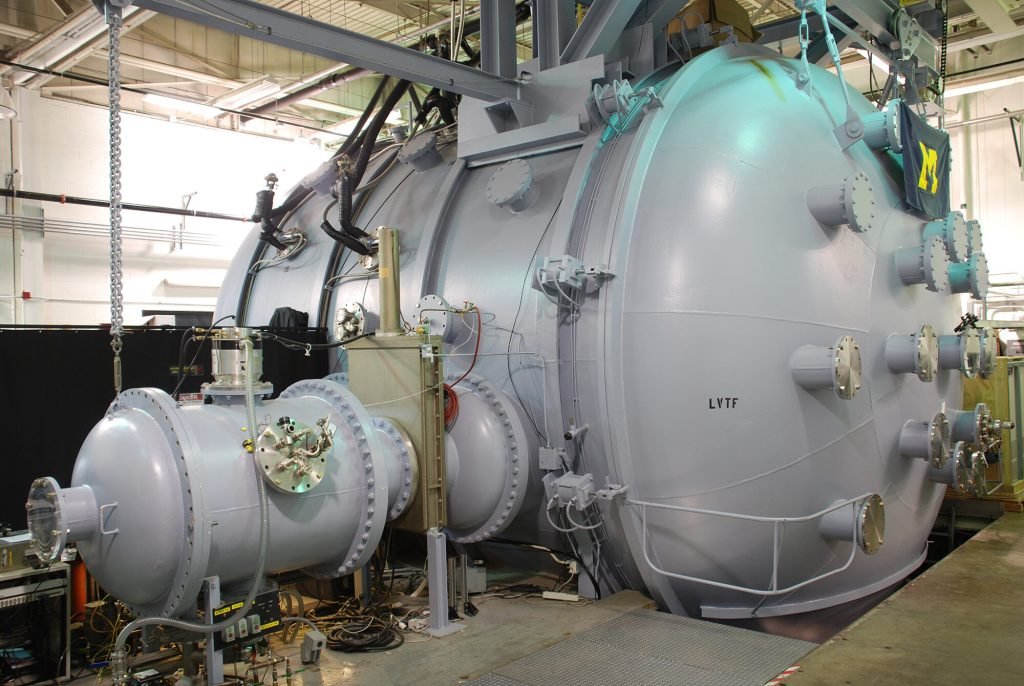The U.S. Space Force has inaugurated a groundbreaking endeavor by allocating $35 million to a novel project focused on uniting the strengths of fast chemical rockets and nuclear electric propulsion.
This initiative aims to create a spacecraft capable of maneuvering with exceptional speed and agility, removing the constraints of limited fuel supply usually experienced in space missions.
The project is led by the University of Michigan in collaboration with multiple universities and industry partners.

At the core of this ambitious project is the fusion of chemical and electric propulsion systems, powered by a nuclear microreactor.
Traditionally, spacecraft propulsion systems fall into two main categories: chemical rockets and electric propulsion.
Chemical rockets provide significant thrust necessary for rapid maneuvers but consume fuel rapidly, whereas electric propulsion is more fuel-efficient but slower, often relying on large solar arrays to derive power.
The challenge of integrating electric propulsion lies in its high power demands, which have so far limited its application for quick maneuvers.
A notable example is the 100-kilowatt Hall thruster developed at the University of Michigan, which demonstrates impressive speed potential.
However, powering such a thruster efficiently has been a barrier, as conventional solar panels like those on the International Space Station, covering vast areas, are infeasible for compact applications.
To address this, researchers are exploring the potential of nuclear microreactors to provide continuous power, thus enabling high-speed maneuvers through electric propulsion.
The integration of a nuclear microreactor would enable spacecraft to tap into sustainable, high-power energy sources, mitigating the size and fuel restrictions posed by solar-based systems.
Multiple teams are tasked with designing and testing various components essential for this integrated propulsion system.
A crucial aspect is the conversion of nuclear microreactor heat into usable electricity, achieved through technologies like thermionic emission cells and thermal photovoltaics.
Ultra Safe Nuclear Corp. is designing the microreactor, while engineers at the University of Michigan will develop a heat source to mimic its operation and test other components.
Researchers from Cornell University are working on lightweight panels to dissipate excess heat into space, a necessary step given the microreactor’s high energy output.
Simultaneously, a collaborative effort from several universities, including the University of Wisconsin and Cornell, will focus on designing a power-processing module to transform extracted electricity to meet the demands of electric engines.
Advanced Cooling Technologies and other partners are leading initiatives to ensure the system’s adaptability and efficiency.
The project also emphasizes the synthesis of dual-purpose fuels—those that can be utilized by both chemical and electric propulsion systems—further simplifying refueling logistics during space missions.
The collection of teams and institutions contributing to this project makes it one of the largest national efforts aimed at advancing space propulsion technology.
The outputs from this initiative could have monumental implications for national defense and space exploration.
It promises to extend the capabilities and flexibility of spacecraft through a pioneering propulsion system that combines speed, efficiency, and groundbreaking innovations in energy use.
